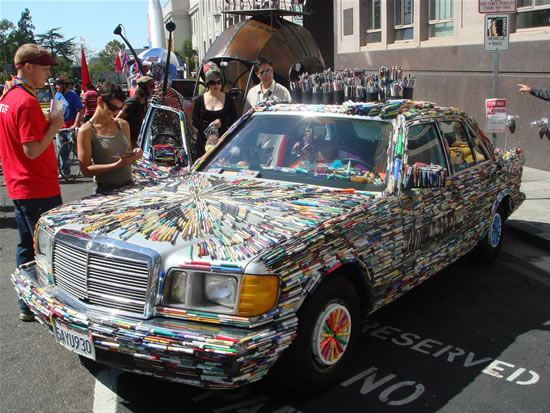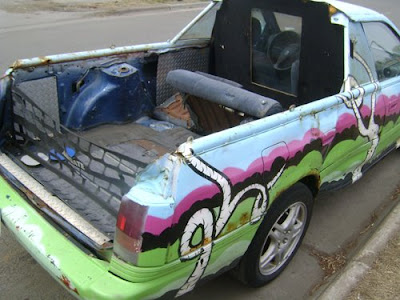What is it necessary to look for when purchasing a pre-owned car? Here is a comprehensive list of activities to be done during pre-purchase
vehicle inspections.
The customer's preliminary inspection:
* Try to be the first one that starts the car that day, making note of any noxious fumes, odd noises, or starting difficulties. Turn the car off for a minute while still cold, and restart it to check for cold restarting problems.
* While traveling down side streets, stop and start frequently, noting brake and transmission performance. If all is well to this point, then take the road test to higher speeds. After the car has reached operating temperature, turn the car off and restart it in 20 minutes (this is called a hot soak). Difficulty restarting the car after a hot soak could be an indication of trouble.
* Ask to see all the service records on the car.
If the car passes these tests and the buyer and seller come to terms on price, then it's time for the second stage of the pre-purchase inspection: a test drive and formal inspection with your repair facility.
• The test drive: The test drive route should include left and right turns, smooth and rough pavement, slow back streets and fast-paced main arteries. This gives the technician a chance to see how the vehicle performs under various road conditions. During the test, vehicle ride, transmission operation, brake performance, and engine performance are scrutinized. The technician listens, looks, smells, and feels for anything out of the ordinary. The technician also checks the operation of the HVAC (heating, ventilation, and air conditioning), stereo system, seats, windows, locks and latches, and equipment such as map and courtesy lights and rear defoggers.
• Under the hood inspection: A doctor can tell what our health is by analyzing our bodily fluids; the technician can tell the health of a car's systems by analyzing the fluids also.
* Engine oil dipsticks are checked for heavy varnish or black deposits. The presence of these may indicate the engine has been habitually run low on oil and/or the oil has not been changed.
* Power steering fluid is checked for color and the presence of metal flakes. Blackened fluid impregnated with metal flakes is an indication of wear in the system.
* Automatic transmission fluid should be red and clean. A brown color with a burned smell can be an indication of a worn transmission.
* Engine coolant should be "Clean-n-Green" (or orange in some cases). The presence of dirt may mean anything from neglect to serious engine damage.
* Brake fluid should be clean and full. Low brake fluid can be an indication of worn brakes or a leak in the system.
* Check belts, hoses, and pulleys for proper operation and condition.
• Undercarriage inspection:
* Rusted brake and fuel lines
* Major fluid leaks
* Loose or damaged suspension and steering parts
* Manual transmission and differential levels and condition
* Brake friction material and hardware
* Condition of exhaust system
* Tire condition (wear, tread depth, etc.)
* Condition of frame (rust or severe damage)
* External Inspection: Check all the lights. Also, a close look at the body by a trained eye usually brings to light any collision repairs or paint work that might have been done. This should be brought to the attention of the buyer, but should not necessarily disqualify the car, unless the repairs were done improperly.
Inspections and their prices will vary based on the car. It might cost up to $200, but you could save thousands by not buying a "money pit." Be an informed consumer! Have
vehicle inspections done on the next pre-owned car under consideration.



















































